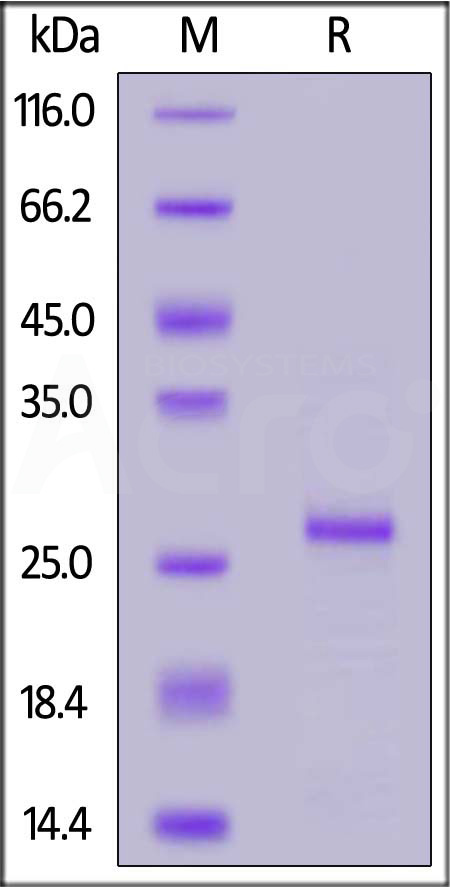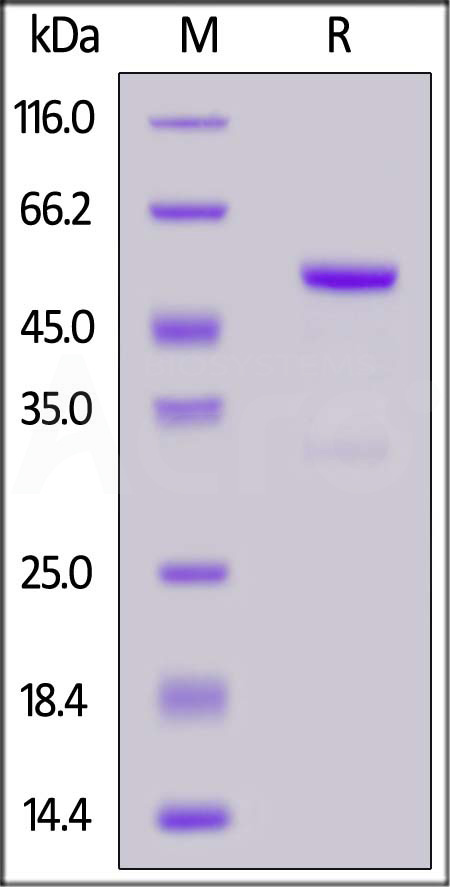 Offering SPR-BLI Services - Proteins provided for free!
Offering SPR-BLI Services - Proteins provided for free!  Offering SPR-BLI Services - Proteins provided for free!
Offering SPR-BLI Services - Proteins provided for free!
 Fill out organ-on-a-chip questionnaire to win a FREE gift!
Fill out organ-on-a-chip questionnaire to win a FREE gift!  Fill out organ-on-a-chip questionnaire to win a FREE gift!
Fill out organ-on-a-chip questionnaire to win a FREE gift!
 Here come GMP Grade Cytokines!Free Sample is available!
Here come GMP Grade Cytokines!Free Sample is available!  Here come GMP Grade Cytokines!Free Sample is available!
Here come GMP Grade Cytokines!Free Sample is available!
| 제품번호 | 종 | 제품 설명 | 구조 | 순도 | 특징 |
|---|---|---|---|---|---|
| FG9-H51H3 | Human | Human FGF19 Protein, His Tag |  |

|
|
| FG9-H5253 | Human | Human FGF19 Protein, Fc Tag |  |

|

Loaded Human FGF R4, Fc Tag (Cat. No. FG4-H5253) on Protein A Biosensor, can bind Human FGF19, His Tag (Cat. No. FG9-H51H3) with an affinity constant of 63.5 nM as determined in BLI assay (ForteBio Octet Red96e) (QC tested).
| Name | Research Code | Research Phase | Company | Indications | Clinical Trials |
|---|---|---|---|---|---|
| Aldafermin | NGM-282; M70; M-70; NGM282 | Phase 2 Clinical | Ngm Biopharmaceuticals Inc | Liver Cirrhosis, Biliary; Constipation; Irritable Bowel Syndrome; Metabolic Dysfunction-Associated Steatotic Liver Disease; Renal Insufficiency; Bile acid malabsorption (BAM); Fibrosis; Cholangitis, Sclerosing; Diarrhea; Hepatic Insufficiency; Malabsorption Syndromes; Diabetes Mellitus | Details |
This web search service is supported by Google Inc.
